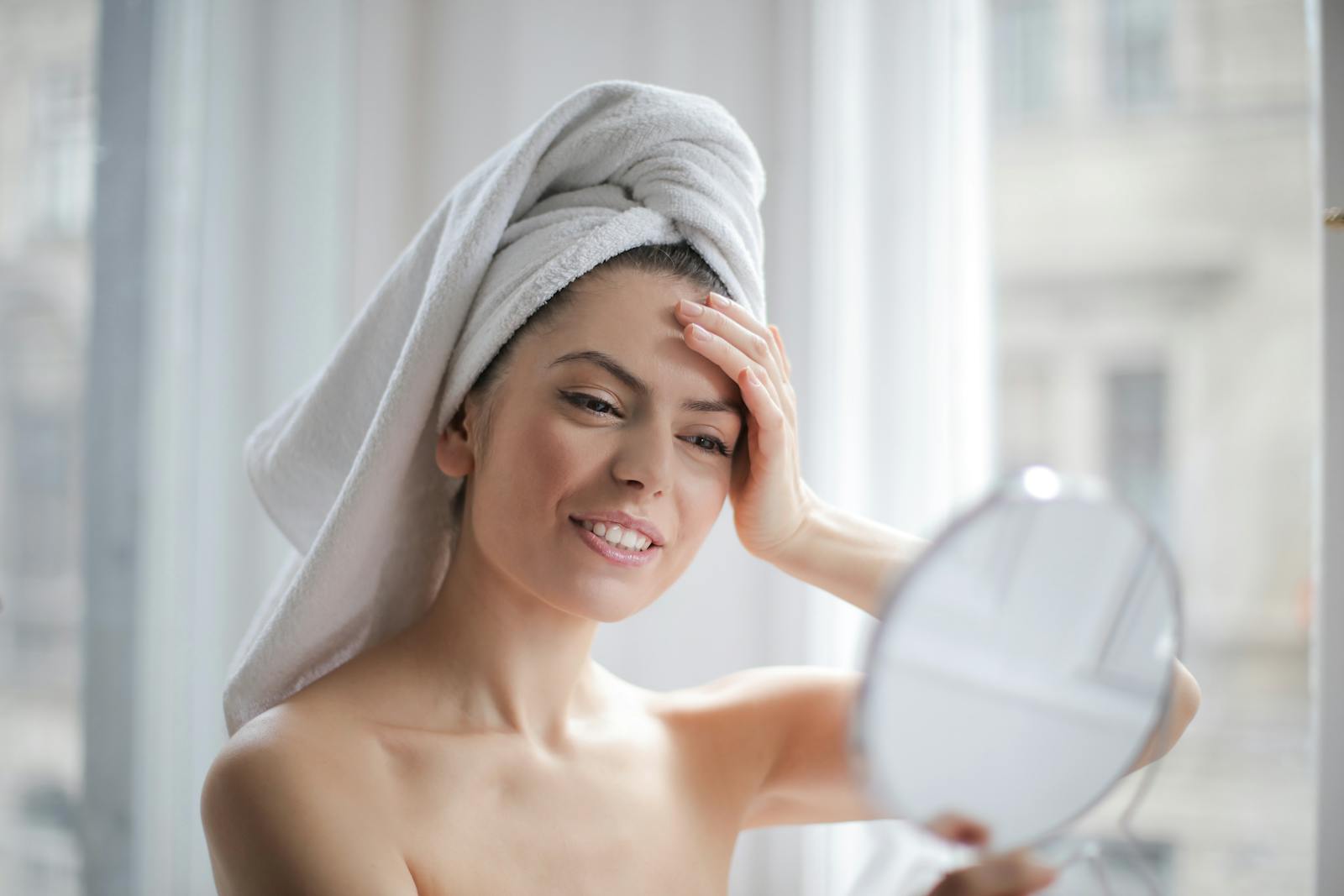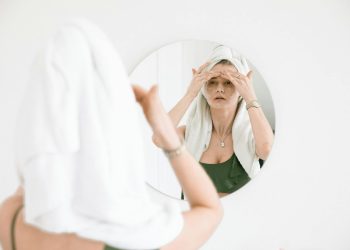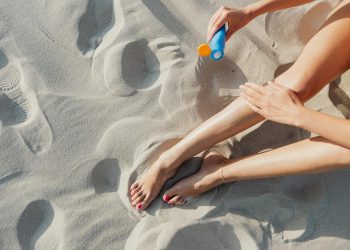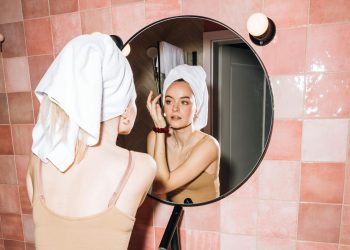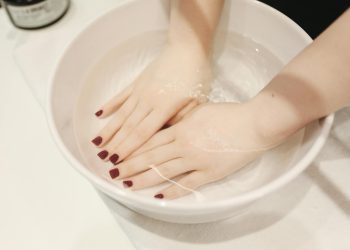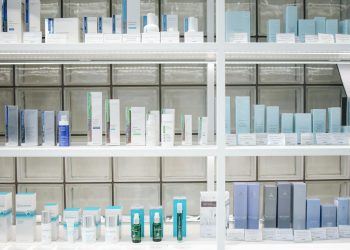Walk into any beauty store today—online or in person—and you’re likely to encounter a sea of products labeled “clean.” From minimalist packaging and earthy scents to buzzwords like “non-toxic,” “plant-based,” and “sustainable,” clean beauty has evolved from niche to mainstream. What began as a movement led by health-conscious consumers and indie brands has now reshaped the industry. But beyond the branding, the hype, and the marketing speak, the deeper truth is clear: clean beauty is not a passing trend. It’s a cultural shift, a consumer reckoning, and a redefinition of what beauty even means in the 21st century.
Clean beauty is here to stay—not because it’s stylish, but because it speaks to something more foundational: trust, transparency, and the growing desire to live more consciously.
The Rise of Awareness
To understand the staying power of clean beauty, we have to start with how it all began. It wasn’t invented by brands or influencers. It was sparked by questions. What’s actually in my moisturizer? Why does my shampoo have ingredients I can’t pronounce? Why has the cosmetics industry gone so long without proper regulation?
In many parts of the world, particularly in the United States, the beauty industry has historically been underregulated. While Europe bans or restricts over a thousand cosmetic ingredients, the U.S. has limited fewer than 50. That reality left room for countless formulations to enter the market without thorough safety testing.
As consumers became more educated—thanks to digital transparency, ingredient-tracking apps, and scientific literacy—so did their skepticism. People began to realize that just because a product was on a shelf didn’t mean it was safe or healthy. From this wave of questioning emerged a desire for something simpler, cleaner, and less opaque.
Transparency as a Form of Trust
Clean beauty isn’t just about removing parabens or phthalates—it’s about honesty. For years, brands relied on mystique. They hid behind vague terms and glossy marketing, often presenting beauty as a result of magic rather than formulation. Clean beauty flips that script. It says: you deserve to know what you’re putting on your skin.
And that’s powerful.
The clean beauty movement ushered in a new language. Ingredient lists are now a source of pride rather than a legal afterthought. Brands are naming not just what’s inside their products, but also what’s left out—and why. They’re telling stories of origin: where ingredients are sourced, how they’re processed, and who is making them. This transparency builds credibility, and in a post-truth era where many industries are being held accountable, it’s no surprise that consumers are gravitating toward companies that tell the full story.
Redefining Luxury and Status
For decades, luxury in beauty was tied to price tags, exclusivity, and glamorous packaging. But the definition of “premium” is changing. Today, luxury means knowing your face serum was made ethically. It means understanding that your lipstick is cruelty-free and doesn’t contain harmful chemicals. The new markers of status aren’t gold caps or designer labels—they’re sustainability certifications, refillable components, and the integrity of ingredients.
Clean beauty fits into a broader lifestyle pivot: people are rethinking consumption. They want fewer, better things. They’re reading labels, asking questions, and prioritizing wellness. In this context, clean beauty isn’t an isolated category—it’s part of a holistic lifestyle choice that values clarity over clutter.
Sustainability at the Core
Environmental consciousness is another pillar of clean beauty’s permanence. As the climate crisis becomes increasingly visible and urgent, consumers are no longer tolerating wasteful packaging, excessive shipping materials, or single-use plastics. Clean beauty brands have responded by making sustainability central—not just in the formula, but in the entire supply chain.
From biodegradable packaging and zero-waste refills to carbon-neutral shipping and waterless formulas, clean beauty companies are proving that environmental responsibility and product performance can go hand in hand. And they’re not just appealing to “green” consumers. They’re setting the new standard.
This shift has forced even legacy brands to rethink their practices. What began as an indie movement is now reshaping giants. Corporations are acquiring clean beauty brands, reformulating products, and pledging sustainability goals—not out of generosity, but out of necessity.
Challenging Old Beauty Standards
Perhaps one of clean beauty’s most radical impacts lies in how it has disrupted beauty ideals. Clean beauty brands often feature models with visible skin texture, freckles, scars, and wrinkles. They prioritize skin health over skin perfection. The messaging isn’t about “flawlessness”—it’s about authenticity, nourishment, and resilience.
This cultural reframing resonates deeply, especially with younger generations. Gen Z and millennials have shown an unprecedented appetite for brands that align with their values. They don’t just want products—they want meaning, identity, and accountability. And clean beauty fits that bill.
This is not to say clean beauty is perfect. The industry still grapples with inconsistent definitions, greenwashing, and accessibility issues. “Clean” is not a regulated term, which means some brands use it as a marketing hook rather than a guiding principle. There’s also a risk that clean beauty becomes elitist—available only to those who can afford it. But these challenges are being actively addressed by new companies that emphasize inclusivity, affordability, and community engagement.
The Role of Technology and Education
Another reason clean beauty will endure is that it aligns with how people shop now: informed, empowered, and connected. Ingredient-tracking apps like Think Dirty, EWG’s Skin Deep, and INCI Decoder have given consumers the tools to understand their products beyond the label. Social media, too, has democratized information. Dermatologists, chemists, and beauty experts share evidence-based knowledge that once lived behind the doors of industry professionals.
This widespread education has transformed consumer expectations. Today’s shopper doesn’t just want to be sold to—they want to be educated. They’re more likely to trust brands that share their formulation process, explain their sourcing decisions, and admit when they’re still learning.
Technology has also made clean beauty more personalized. With AI-driven skincare assessments, DNA-based recommendations, and virtual consultations, consumers are finding products that truly match their needs and values. This kind of smart beauty is inherently compatible with clean beauty—it emphasizes intention over impulse, and results over marketing.
More Than a Product: A Movement
At its core, clean beauty is not just about what’s inside the bottle—it’s about what the bottle stands for. It’s a challenge to the status quo. It’s a demand for accountability. And it’s a testament to how consumer values can shape entire industries.
That’s why clean beauty isn’t going anywhere. Because it reflects a deeper evolution—not just in cosmetics, but in culture.
Consumers are no longer willing to separate their beauty routine from their ethics. They want their products to be safe, their choices to be informed, and their money to support something positive. Clean beauty meets that need, not by being perfect, but by being transparent, principled, and willing to evolve.
As science improves, definitions will sharpen. As demand grows, supply chains will adapt. And as people continue to align their self-care with care for the planet and others, clean beauty will not just survive—it will thrive.


